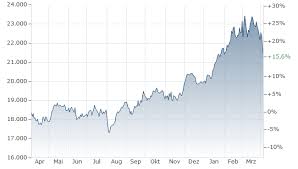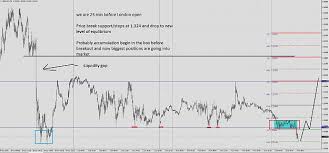An Overview of the DAX Index and Its Market Influence

Introduction
The DAX Index, also known as the Deutscher Aktienindex, is Germany’s premier stock market index, comprising 30 major German companies listed on the Frankfurt Stock Exchange. As one of the most closely watched indexes in Europe, the DAX serves as a barometer for the German economy and has important implications for investors worldwide. Given the increasing globalization of markets, understanding the DAX Index’s movements is essential for analysts and investors alike.
Current Trends in the DAX Index
As of October 2023, the DAX Index has shown remarkable resilience amid global economic uncertainties. Following a steady climb since the beginning of the year, the index recently reached a high of 16,500 points, bolstered by strong corporate earnings reports and positive economic data emanating from Germany. Major contributors to this growth include companies in the automotive sector like Volkswagen and BMW, alongside technology giants such as SAP.
Moreover, analysts cite the easing of supply chain issues and a rebound in consumer demand as critical drivers of this upward trend. The DAX’s performance is particularly noteworthy as the Eurozone navigates challenges such as inflationary pressures resulting from global energy prices. Consequently, the index’s fluctuations are being keenly observed by economists and market strategists who gauge their implications for broader economic stability.
The Significance of the DAX Index
The DAX Index not only reflects the health of the German economy but also influences investment decisions across Europe. For example, a robust performance by the DAX can boost investor confidence in European markets, encouraging capital inflows and driving up stock prices. Conversely, a decline in the DAX can lead to market corrections across various sectors and geographies.
This interconnectedness is heightened by the European Central Bank’s (ECB) monetary policies. Changes in interest rates and financial regulations can heavily impact market dynamics, leading analysts to closely monitor the DAX for potential signals on ECB policy shifts.
Conclusion
In conclusion, the DAX Index is more than just a number; it is a critical indicator of economic health in Germany and by extension, Europe. Investors should remain informed about its movements and the various factors that influence its trajectory, especially in times of economic volatility. As we proceed through the rest of 2023, ongoing developments in corporate performance and geopolitical scenarios are likely to shape the DAX’s direction, making it essential for investors and stakeholders to stay attuned to these trends.









